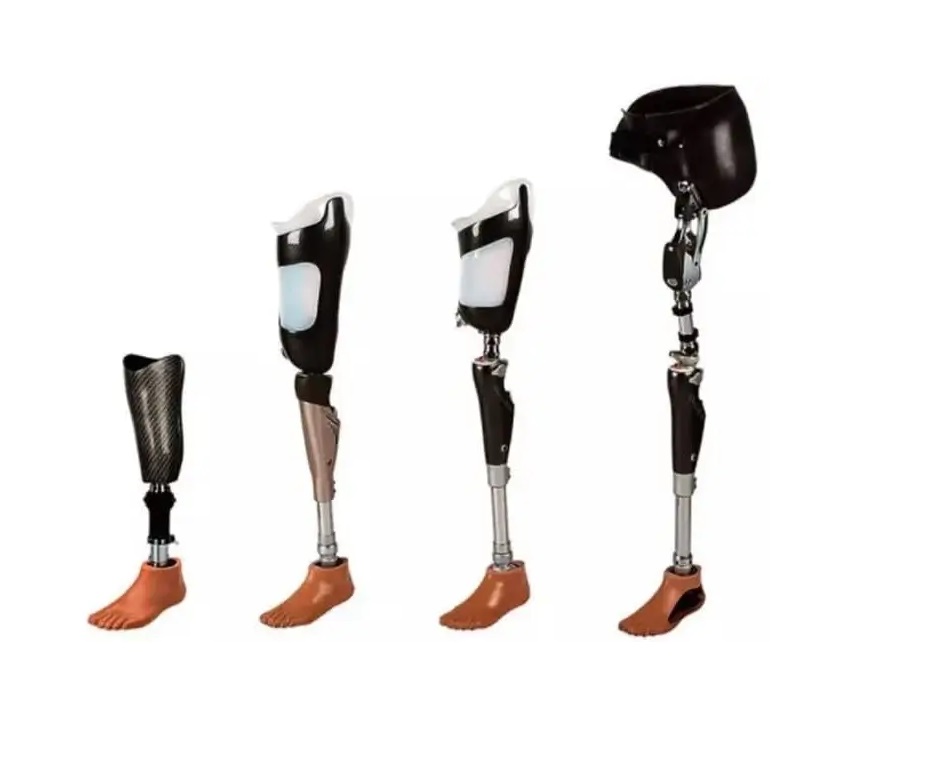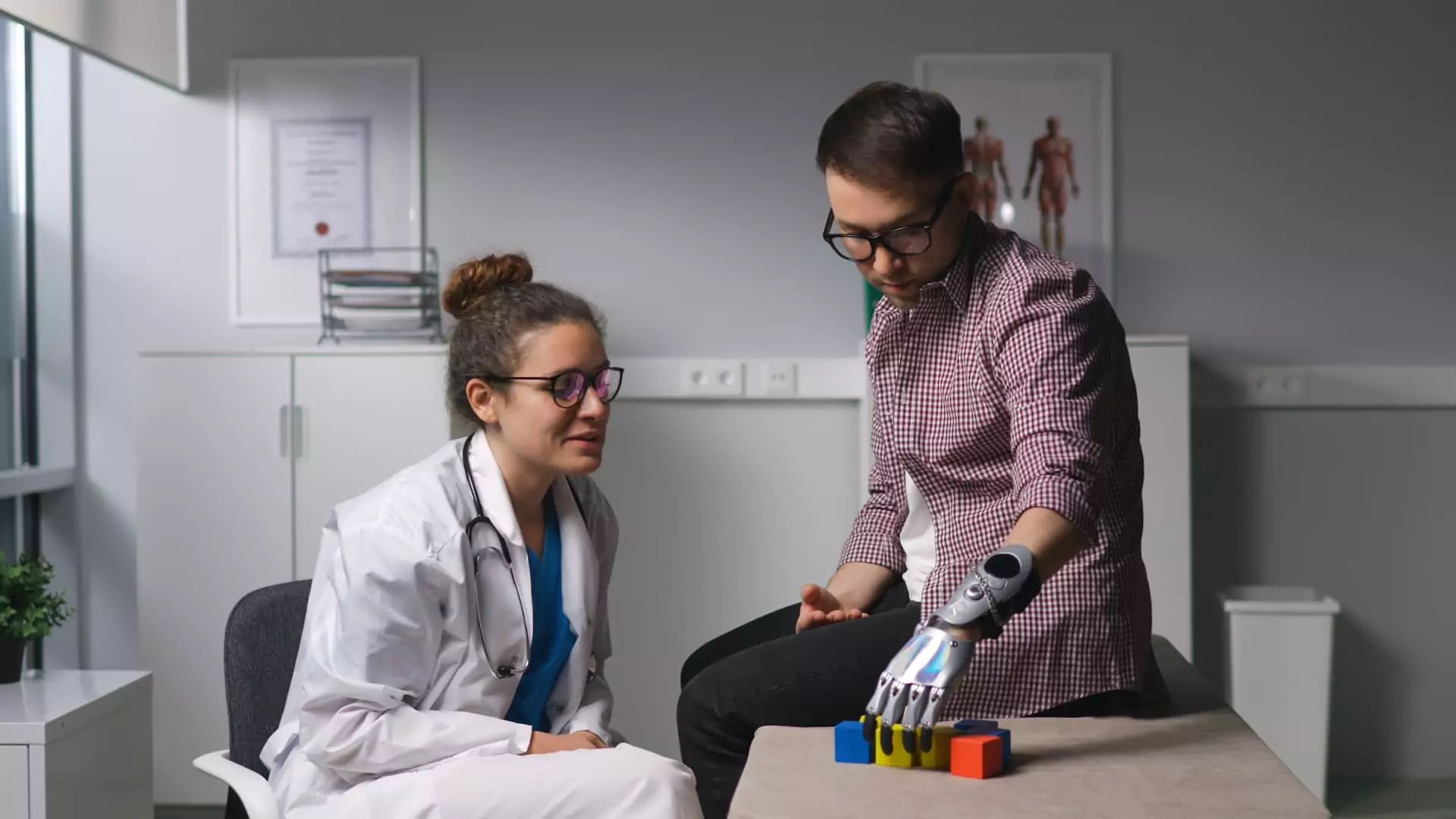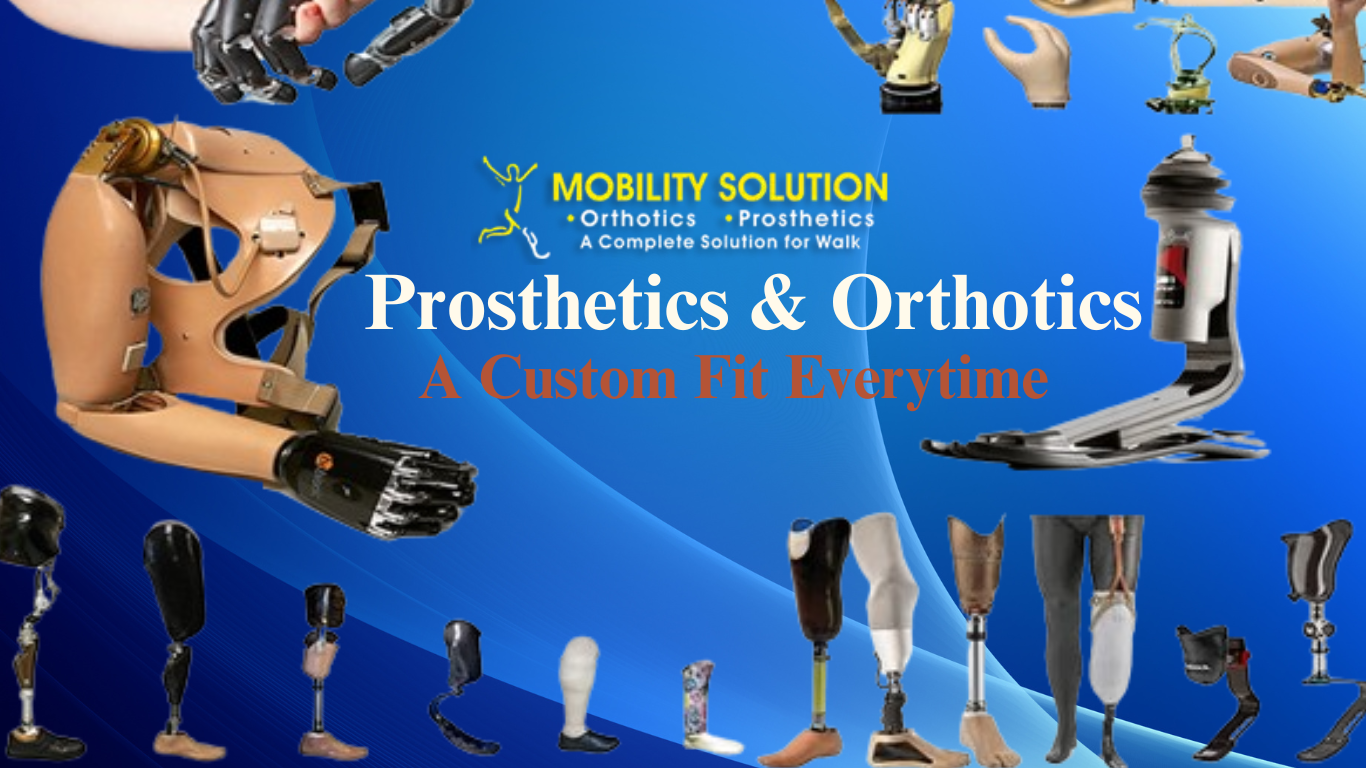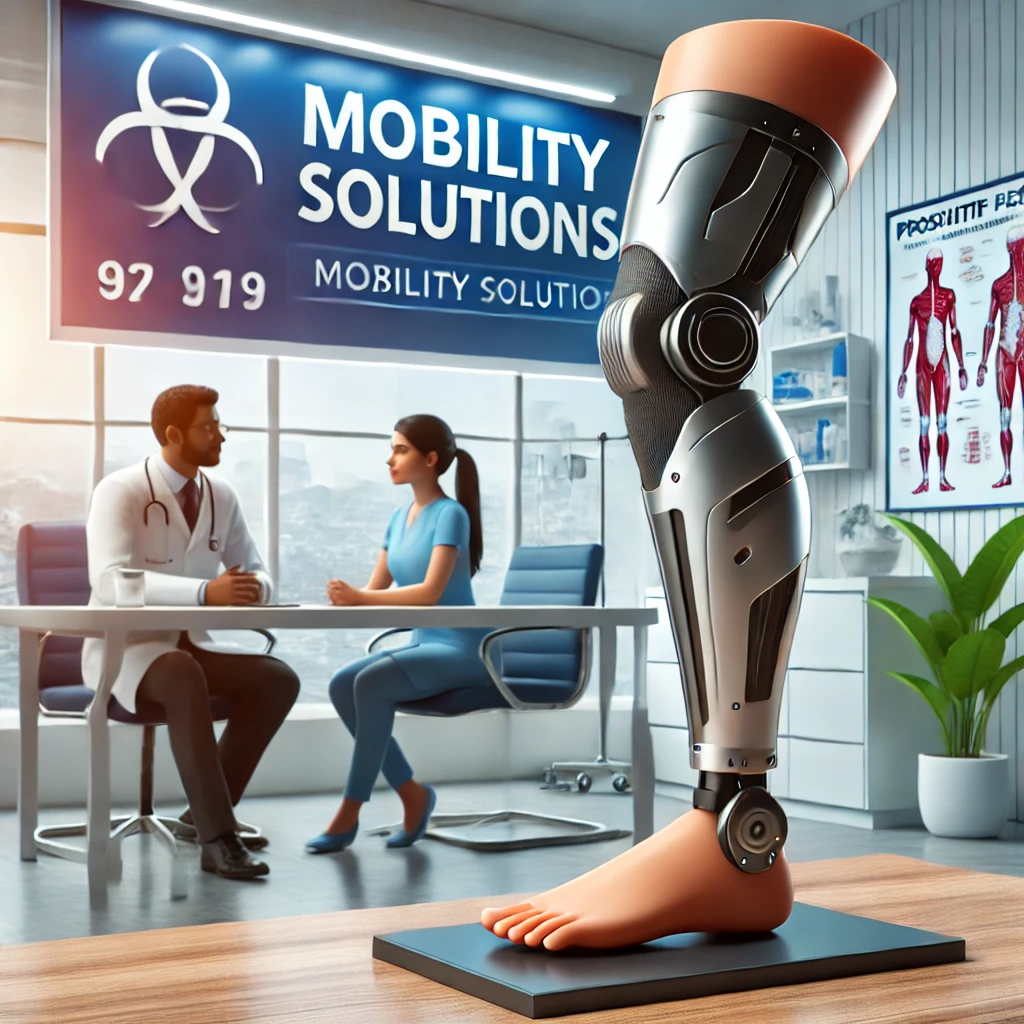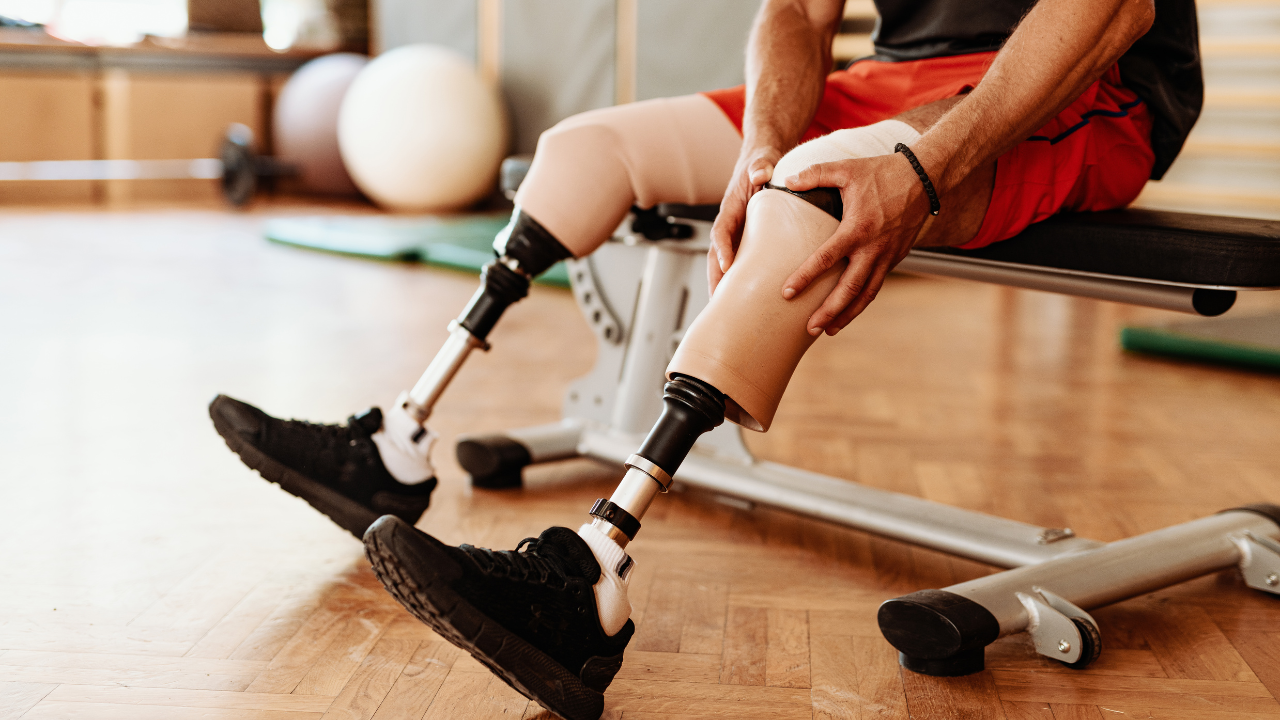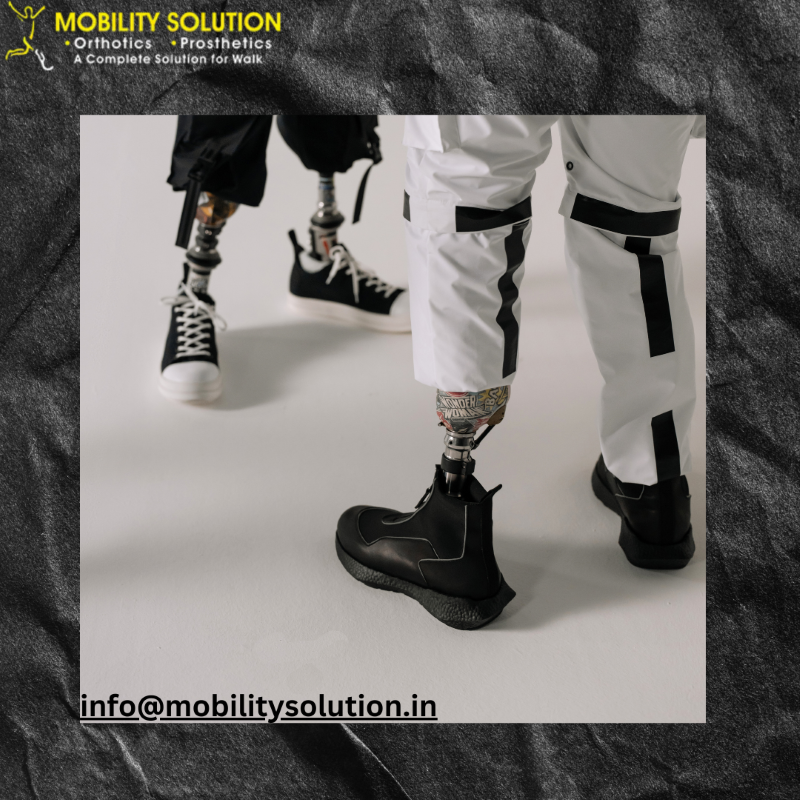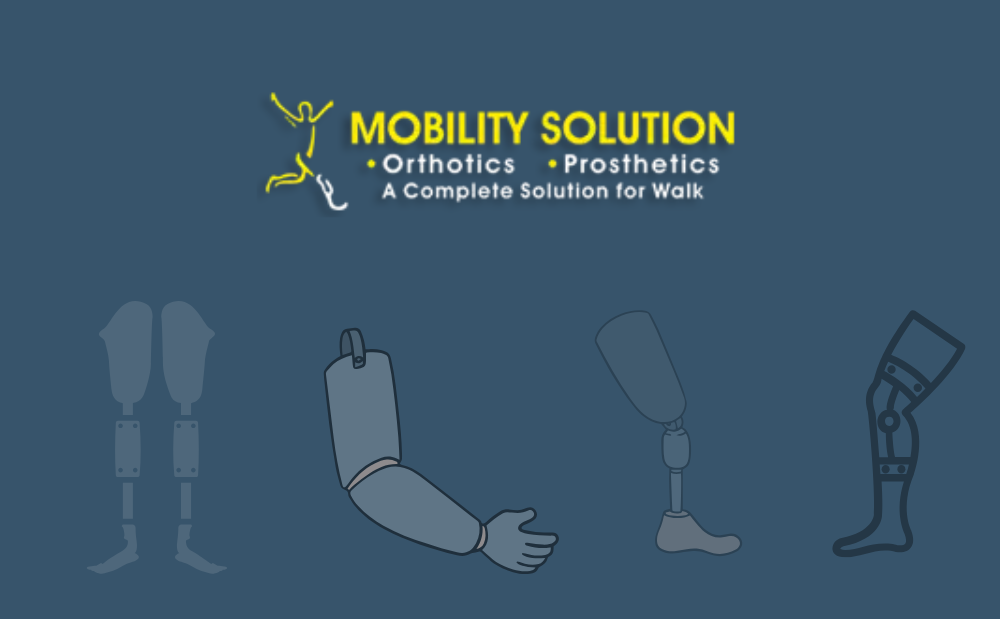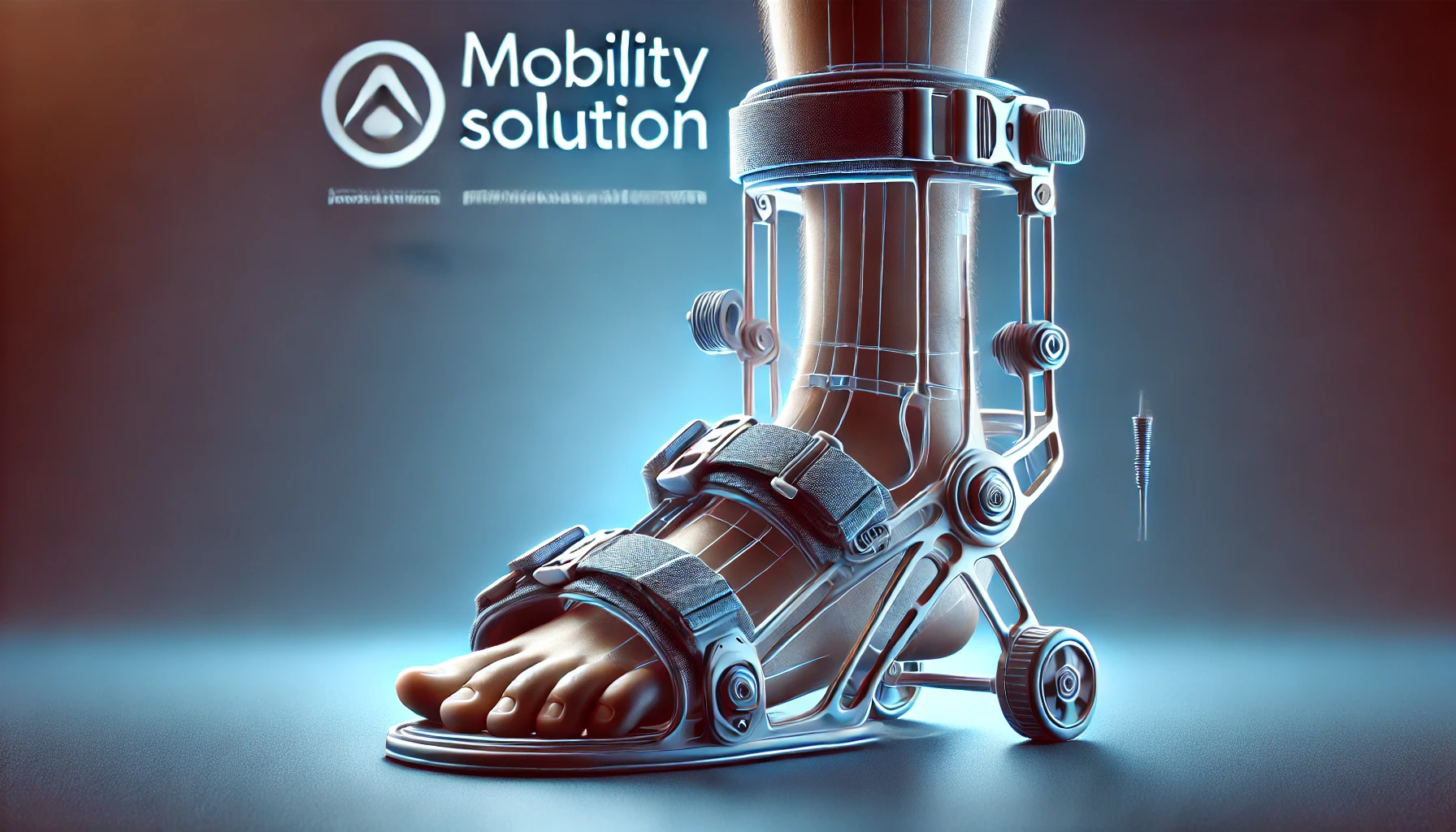- Home
- Orthotic Products Function
- How to Fix Knock Knees: Best Exercises, Braces, and Therapy Options
How to Fix Knock Knees: Best Exercises, Braces, and Therapy Options
Introduction
Knock knees, medically known as genu valgum, is a condition where a person’s knees angle in and touch one another when standing straight. While common in young children and often self-correcting, persistent knock knees in adults can cause discomfort, poor posture, and joint problems over time.
The good news? Most cases of knock knees can be improved or even fully corrected through targeted exercises, supportive braces, and professional therapy.
In this comprehensive guide, we'll cover everything you need to know about how to fix knock knees effectively, naturally, and safely.
What Are Knock Knees?
Knock knees occur when the knees angle toward each other while the ankles remain apart. This condition can range from mild to severe and may affect one or both legs.
Causes of Knock Knees:
Genetics: Family history plays a significant role.
Nutritional Deficiencies: Lack of Vitamin D and calcium can lead to bone deformities.
Injury: Trauma to the leg during growth phases can alter knee alignment.
Obesity: Extra weight can stress developing knees.
Medical Conditions: Diseases like rickets or bone infections may cause or worsen knock knees.
Understanding the cause helps in selecting the appropriate treatment.
Why It's Important to Fix Knock Knees
Untreated knock knees can lead to various complications, including:
Joint Problems: Misalignment increases wear and tear on knees and hips.
Lower Back Pain: Poor posture affects the spine over time.
Foot and Ankle Disorders: Misaligned knees disrupt proper walking mechanics.
Early Arthritis: Accelerated joint degeneration can occur.
Correcting knock knees improves physical appearance, posture, gait, and overall joint health, preventing long-term complications.
Best Exercises to Fix Knock Knees
Regular, targeted exercises are one of the most effective natural treatments for knock knees.
1. Side-Lying Leg Raises
How to Do: Lie on your side, keep legs straight, and slowly raise your top leg upward without bending at the knee.
Why It Helps: Strengthens the hip abductors, which pull the knees outward into better alignment.
2. Step-Ups
How to Do: Step up onto a bench or sturdy platform one foot at a time, then back down.
Why It Helps: Builds strength in quadriceps and glutes, improving knee stability.
3. Inner Thigh Strengthening Exercises
Examples:
Squeeze a pillow or ball between your knees and hold for 10-20 seconds.
Perform sumo squats (wide-legged squats) targeting inner thighs.
Why It Helps: Tones the muscles pulling the knees outward.
4. Hamstring and Calf Stretches
How to Do: Perform forward bends and standing calf stretches.
Why It Helps: Improves flexibility, allowing better knee alignment during movement.
5. Yoga Poses for Knock Knees
Tree Pose (Vrikshasana): Strengthens the legs and improves balance.
Warrior Pose (Virabhadrasana): Builds strength in thighs and hips for better stability.
Tip: Consistency is key — perform these exercises at least 3–4 times a week for visible results.
How Braces Can Help Correct Knock Knees
Braces offer external support that gently pushes the knees into proper alignment over time.
Types of Braces:
- Nighttime Braces: Worn while sleeping to apply continuous corrective pressure.
- Daytime Support Braces: Provide support while standing or walking.
- Custom Orthopedic Braces: Tailored specifically to the patient’s needs.
When to Use Braces:
- Children: Especially effective during growth spurts.
- Adults: Useful when combined with exercise therapy to accelerate correction.
Choosing the Right Brace:
- Consult an orthopedic specialist for proper fitting.
- Select a brace designed specifically for knock knees rather than general knee supports.
Therapy Options for Knock Knees
Sometimes, exercise alone isn't enough. Therapy can greatly assist in fixing knock knees more effectively.
1. Physical Therapy
Approach: A therapist designs a customized program including stretching, strengthening, and balance exercises.
Benefits: Faster correction, professional supervision, reduced risk of injury.
2. Orthotic Solutions
What They Are: Custom shoe inserts that correct foot positioning and indirectly support better knee alignment.
When to Use: Especially if flat feet or poor gait contribute to the knock knees.
3. Surgical Options (for Severe Cases)
When Needed: If severe misalignment persists after growth or causes significant mobility issues.
Common Surgeries: Guided Growth Surgery: Implants guide bone growth toward correction.
Osteotomy: Cutting and realigning bones surgically for adult patients.
Note: Surgery is typically a last resort after conservative treatments are exhausted.
Can You Fix Knock Knees Without Surgery?
Yes!
Most mild to moderate cases can be significantly improved — and sometimes completely corrected — with dedicated exercises, braces, and therapy.
Key factors for success include:
- Early diagnosis.
- Consistent effort in exercises and therapy.
- Addressing underlying causes like obesity or nutritional deficiencies.
Surgery is only necessary for very severe cases or when conservative treatments fail.
Tips for Faster and Better Knock Knee Correction
Maintain a Healthy Diet: Include calcium, vitamin D, and protein-rich foods to support bone health.
Weight Management: Reduce unnecessary stress on your knees.
Proper Footwear: Use supportive shoes to encourage proper alignment.
Stay Consistent: Make exercises and stretches a daily habit.
Track Progress: Take monthly photos and measurements to stay motivated.


